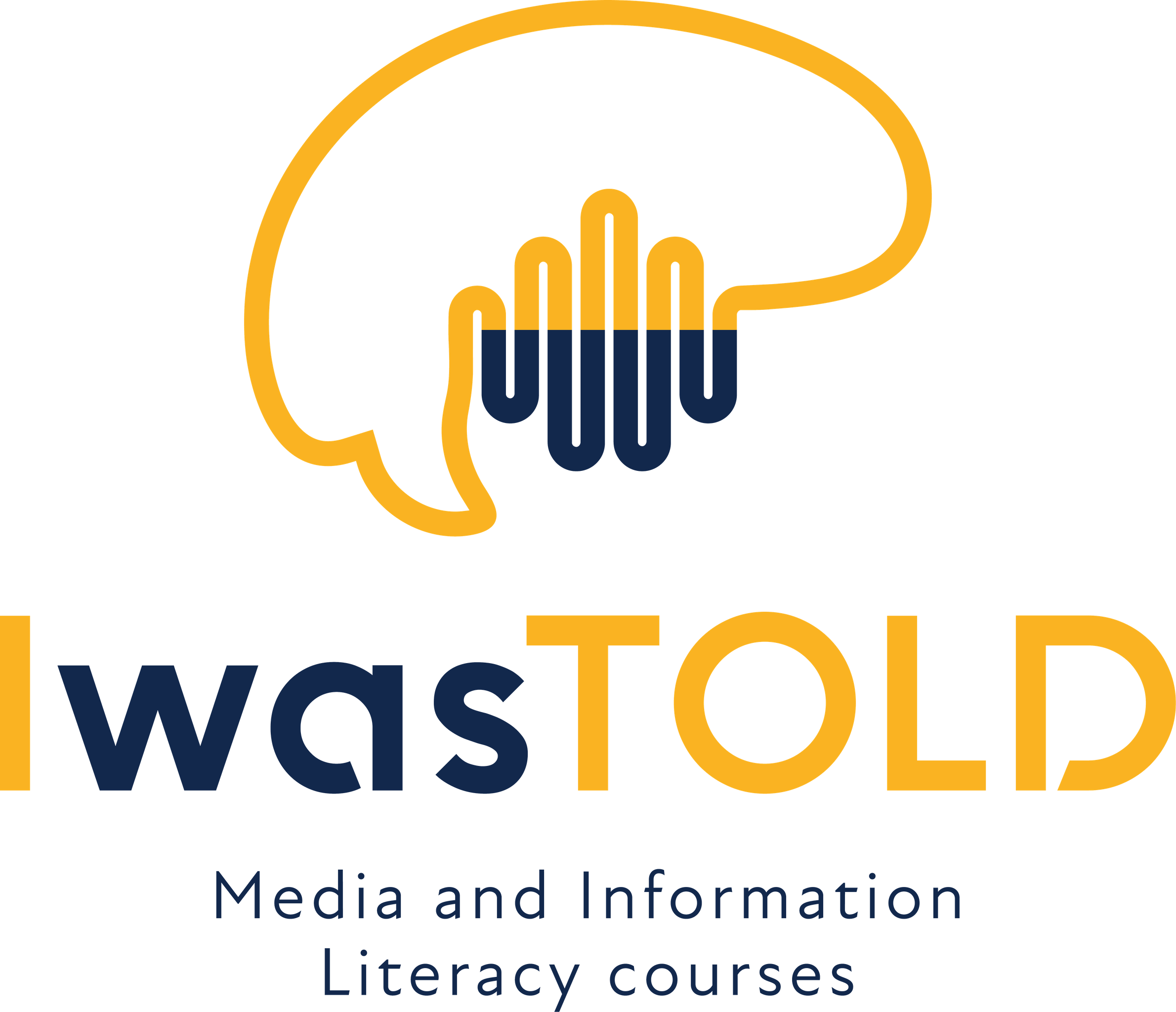3. CLASSICAL AND DATA STORYTELLING
-
Storytelling: narrative structures7 Topics|4 Quizzes
-
Language of media6 Topics|3 Quizzes
-
Storytelling With Data II. - Digital investigations in an era of data-driven journalism7 Topics|4 Quizzes
-
Infographics - Present statistics beautifully7 Topics|3 Quizzes
-
Charts in a website - Hack web developer tools for your stories7 Topics|3 Quizzes
-
Introductory to lesson
-
Creating a website is a personal way to become involved in a subject as well as a creative gesture
-
Make the most compatible as possible subject and aesthetic of your website through Google Sites
-
How be professional and have validity in publication?
-
Final Exercise of the whole lesson
-
Feedback on exercise
-
Additional learning material
-
Introductory to lesson
-
Online GIS6 Topics|2 Quizzes
-
Media analyses8 Topics|4 Quizzes
-
Using Piktochart to create infographics7 Topics|3 Quizzes
Participants14
At this moment, let’s focus on basics – choose three topics and compare how they are presented by various media in your country or abroad. It’s also useful to look beyond traditional media and explore also those that are deliberately spreading false information.
At a first stage of this exercise, answer the following questions:
– What main differences do you spot between those published by public service, commercial, and tabloid media?
– Do you spot any practice that is against social responsibility of the media?
– If you spot such practice, how would you rectify it?
– Is any opinion or symbolic leader involved in the presentation of the information?
– What types of information or content distortion do you spot?
– Can you determine which cases of information or content distortion were intentional and which were unintentional?
– How would you rectify the information or content distortion which you identified?
Then, try to find the original text (original/primary source) that is presenting the accurate information related to each topic (for example the first article that was published) and compare it with others – where can you identify the biggest shift in how the information is presented?
Once you have finished the first part, focus on discussion forums, if they are connected with the media pieces that you analyse, and read through comments as well. What opinions are prevalent there? Applying the theories of opinion and symbolic leadership or spiral of silence, can you say that some people are leading/influencing the discussion the most and some opinions are rather gradually disappearing from the discussion?
Additionally, you can also search for cases when the satire has been shared by media or people and presented as actual news.
Template in the form of a table to be filled in.
Finalisation
Create a final document using the provided template, add optional materials (such as screenshots highlighting cases of content distortion), and upload them on this platform by using the field below. Following files are supported: .doc, .xls, .ppt, .pdf. You can upload up to 5 files.
If you need help
If you are having troubles with certain steps of the exercise, please check the document in the Summary section for information that should help you complete it. If you can’t find the answer there – ask us a question in the forum.
Good luck!
